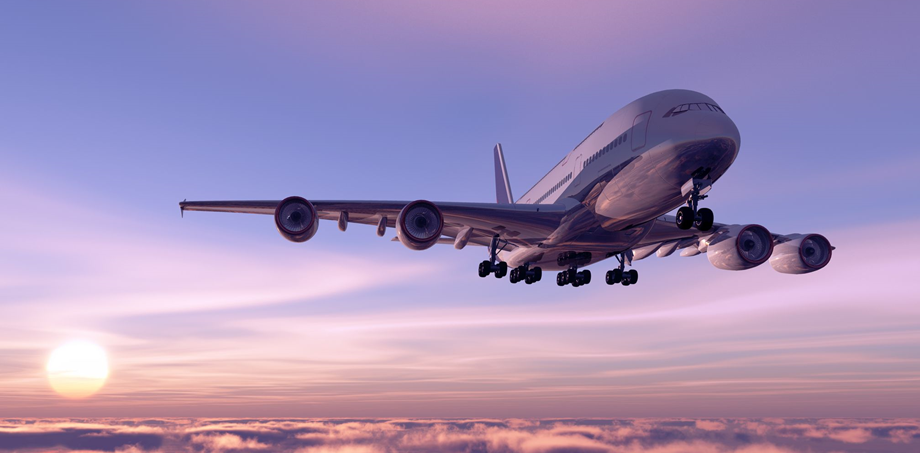Introduction to EASA Airworthiness Requirements presented by Sofema Aviation Services (SAS) www.sassofia.com
Introduction
As we should now understand ICAO describes continuing airworthiness as follows: “All of the processes ensuring that, at any time in its life, an aeroplane complies with the technical conditions fixed to the issue of the Certificate of Airworthiness and is in a condition for safe operation” – source: ICAO Airworthiness Manual [ICAO, 2014]
This obligation for CAT operators is stated within EU 2018/1139 Annex V Section 6, Essential Requirements for Air Operations [EU, 2018] an aircraft must not be operated unless:
- The aircraft is airworthy and in a condition for safe and environmentally compatible operation, and;
- The operational and emergency equipment necessary for the intended flight is serviceable and;
- The airworthiness document and if applicable the noise certificate is valid, and
- The maintenance of the aircraft is performed in accordance with the applicable requirements.
- These obligations are reiterated within M.A 201 (Technical Requirements – Responsibilities) in Regulation 1321/2014 as amended.
EASA divides the Airworthiness Process into two elements
- Initial Airworthiness which focuses on the role of Part 21 Design & Production
- Continued Airworthiness essentially Part CAMO / Part M / Part 145 /Part CAO and Part ML (although you will also find EASA Part 147 & 66 in this group as well)
Note Ref Initial Airworthiness
- Demonstrates compliance with the technical conditions, (certification basis)
Note Ref Continued Airworthiness
- Continued Airworthiness (Type Airworthiness) – “All the actions associated with the upkeep of a Type Design and the associated Approved Data through life.
Management of Continuing Airworthiness
Continuing Airworthiness involves monitoring the performance of all applicable items in service.
Inspection methods, as well as repair actions, modifications and task timescales, are all part of Continuing Airworthiness, as are feedback to design/production and formal airworthiness review (or Airworthiness Review Certificate, ARC).
Note: This will include recording and actioning any in-service difficulties.
Where deemed appropriate to report back to the Competent Authority, TCH & OEM any issues assessed as significant, ensuring timely rectification action regarding any findings particularly those related to safety & airworthiness.
For operators based in the European Union a Continuing Airworthiness Management Organisation (CAMO) is responsible for the implementation of continuing airworthiness management tasks.
For each of the aircraft the approved CAMO manages, they are required to carry out the following functions:
- Develop and control a maintenance programme for the aircraft managed including any applicable reliability programme.
- Present the aircraft maintenance programme and its amendments to the competent authority for approval.
- Manage the approval of modification and repairs,
- Ensure that all maintenance is carried out in accordance with the approved maintenance programme and released in accordance with the M.A. Subpart H Certificate of Release to Service (CRS).
- Ensure that all applicable Airworthiness Directives (ADs) and operational directives with a continuing airworthiness impact are applied.
- Ensure that all defects discovered during scheduled maintenance or reported are corrected by an appropriately approved maintenance organisation,
- Ensure that the aircraft is taken to an appropriately approved maintenance organisation whenever necessary,
- Coordinate scheduled maintenance, the application of ADs, the replacement of service LLP, and component inspection to ensure the work is carried out properly.
- Manage and archive all continuing airworthiness records and/or operator’s technical log.
- Ensure that the mass and balance statement reflects the current status of the aircraft.
What’s more :
Next Steps
Follow this link to our Library to find & Download related documents for Free.
Sofema Aviation Services & Sofema Online provide classroom, webinar & online training. For additional information please email team@sassofia.com
Tags:
CAT, Type Design, EASA Airworthiness Requirements, Reg EU 2018/1139, Airworthiness Review Certificates (ARC), Air Operations, Airworthiness Process, SAS blogs, Part-ML, Part CAMO, Part 21, Aviation Maintenance, TCH, continuing airworthiness, Airworthiness, part M, Part 145, OEM, ICAO, EASA, CAMO




